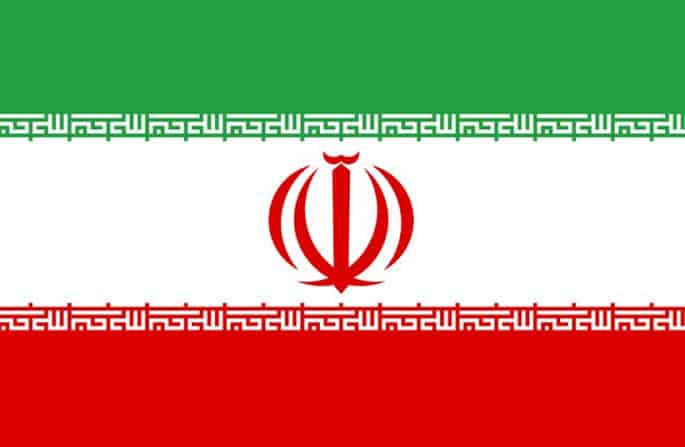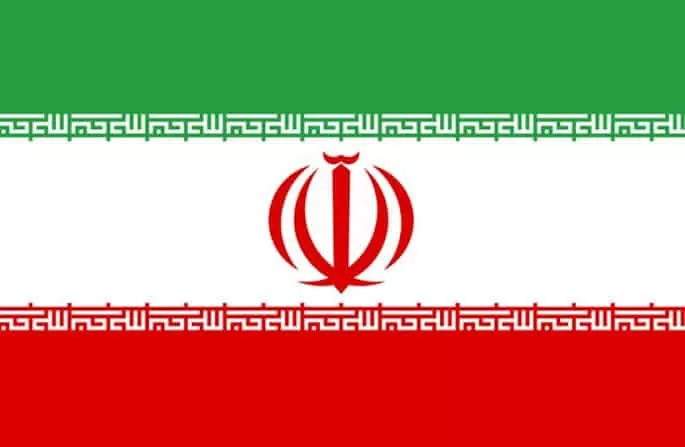

Last updated on September 11th, 2021 at 03:07 pm
The United States reinstated economic sanctions on Iran after President Donald Trump abandoned a landmark nuclear deal in May 2018.
Mr Trump says he wants to apply “maximum pressure” on the government in Tehran to compel it to renegotiate the accord. But Iran’s leaders have remained defiant.
The substantial impact the sanctions have had on the country is clear, and the economic hardship Iranians are facing helped trigger widespread protests in November 2019 that were brutally quashed by the authorities.
The economy has fallen into a deep recession
Iran’s economy was badly affected for several years by sanctions imposed by the international community over the country’s nuclear programme.
In 2015, President Hassan Rouhani agreed a deal with the US and five other world powers to limit Iranian nuclear activities in return for the lifting of those sanctions.
The following year, after the deal was implemented, Iran’s economy bounced back and GDP grew 12.3%, according to the Central Bank of Iran.
But much of that growth was attributed to the oil and gas industry, and the recoveries of other sectors were not as significant as many Iranians had hoped.
Growth fell back to 3.7% in 2017, helping to fuel the economic discontent that led to the biggest anti-government protests in Iran for almost a decade that December.
The reinstatement of US sanctions in 2018 – particularly those imposed on the energy, shipping and financial sectors that November – caused foreign investment to dry up and hit oil exports. The sanctions bar US companies from trading with Iran, but also with foreign firms or countries that are dealing with Iran.
In May 2019, Mr Trump ended exemptions from US secondary sanctions – such as exclusion from US markets – for major importers of Iranian oil and tightened restrictions on the Iranian banking sector. He said the decision was “intended to bring Iran’s oil exports to zero, denying the regime its principal source of revenue”.
As a result of the sanctions, Iran’s gross domestic product (GDP) contracted an estimated 4.8% in the 2018 and is forecast to shrink another 9.5% in 2019 , according to the International Monetary Fund. The unemployment rate meanwhile rose from 14.5% in 2018 to 16.8% in 2019.
The IMF is forecasting zero growth in 2020, which would support Mr Rouhani’s assertion in October that Iran has ridden out “the storm” caused by the sanctions.
Oil exports have plummeted
At the start of 2018, Iran’s crude oil production reached 3.8 million barrels per day (bpd), according to data gathered from secondary sources by the Organization of the Petroleum Exporting Countries (Opec). The country was exporting about 2.3 million bpd.
Most of the oil was bought by eight countries or territories that were granted six-month exemptions by the US when sanctions on the Iranian energy sector took effect – China, India, Japan, South Korea, Taiwan, Turkey, Greece and Italy.
A condition of the waivers was that the importers reduce their purchases of Iranian oil, and by April 2019 Iran’s oil exports had fallen to 1 million bpd on average, according to Bloomberg. That reduced the government’s revenue by billions of dollars.
Two months later, President Trump decided to allow the exemptions to expire and declared that he “intended to bring Iran’s oil exports to zero”.
By October 2019, Iran’s crude oil production had fallen to 2.1 million bpd on average, according to Opec’s data. Bloomberg reported that only 260,000 bpd on average was being exported.
However, analysts have said the figure may not reflect actual deliveries due to reported activities by Iran and its customers to conceal purchases or avoid tracking of tankers.
Iranian tankers have been accused of flouting international rules by turning off their Automatic Identification System (AIS) transponders. Iran is also said to frequently conduct ship-to-ship transfers to move oil and oil products.
The plummeting oil sales have also led to a significant fall in Iran’s foreign exchange earnings. The IMF estimates that Iran’s reserves of foreign currency have been reduced to $86bn – 20% below their level in 2013.
A senior US official, Brian Hook, said in December 2019 that he believed Iran had access to only 10% of those reserves because of restrictions on its financial sector, and that as a result it would struggle to prop up its currency and prevent inflation.
Iran’s government itself forecasts that oil export revenues will be reduced by 70% in the next Iranian fiscal year .
South African Bank fined R700,000 after determining the institution misrepresented a credit product as an investment opportunity. Following its December…
EA Sports shows that Toronto Maple Leafs will stop their 58-year title wait by beating the Colorado Avalanche in seven…
Pope Francis, the first Latin American pope of the Roman Catholic Church, passed away in the morning of his 88th…
You want to pick a good film for weekend relaxation? Netflix South Africa provides customers with a wide range of…
The 2025 edition of AFCON will be hosted by Morocco which serves both the high-level competition and as a catalyst…
The Christian community marks Good Friday as its deepest holiday to remember when Jesus died at Calvary. The Christian community…
This website uses cookies.